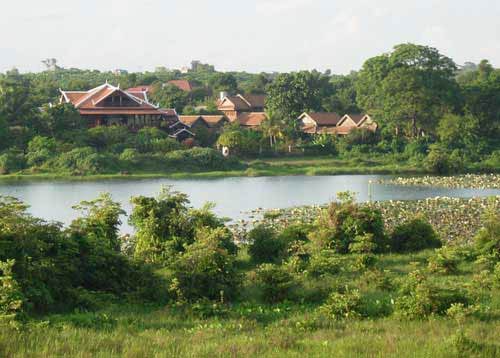Cambodia Nature & Wildlife
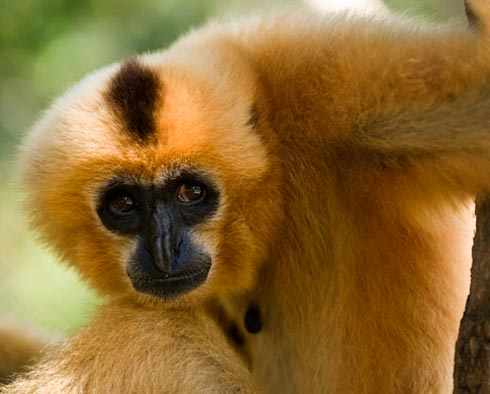
Choose where you sleep
- Terres Rouges Lodge
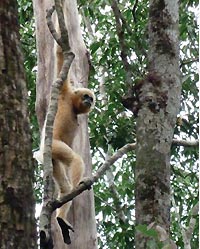 A simply amazing experience for wildlife lovers to see the incredibly rare northern yellow-cheeked gibbons in their natural habitat in Ratanakiri province, Northeast Cambodia.
A simply amazing experience for wildlife lovers to see the incredibly rare northern yellow-cheeked gibbons in their natural habitat in Ratanakiri province, Northeast Cambodia.
This rare and endangered species of gibbon was only discovered in 2010 and, with an estimated 500 groups at the site, this is the largest known population in the world. In the west of Ratanakiri province, lies a luscious forest called Veun Sai-Siem Pang Conservation Area. This protected 550 square km area is home to this extremely important gibbon population, as well as a host of other endangered species.
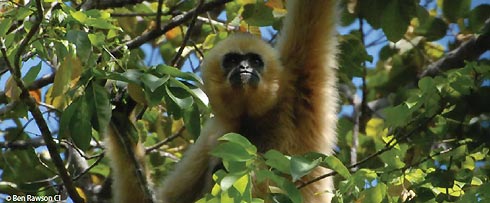
Supported by ‘Conservation International’ and the local communities, this exclusive two day, one night gibbon spotting trek is the 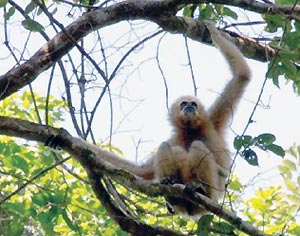 first of its kind in Cambodia, and is perfect for enthusiastic wild life spotters and those who are interested in biology and nature conservation. Only very small groups of between 2-6 visitors are allowed to visit the site making this an extremely special opportunity indeed. Exclusively limited to only 462 people per year.
first of its kind in Cambodia, and is perfect for enthusiastic wild life spotters and those who are interested in biology and nature conservation. Only very small groups of between 2-6 visitors are allowed to visit the site making this an extremely special opportunity indeed. Exclusively limited to only 462 people per year.
The Gibbons
The northern yellow-cheeked gibbon
Based on population surveys conducted in 2009, there are an estimated 500 groups of northern yellow-cheeked gibbons at the site; each group consists of two adults and their juvenile offspring.
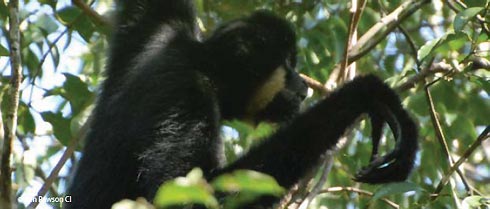
The gibbon species in Veun Sai-Siem Pang Conservation Area was discovered for the very first time in 2010 in a multinational collaborative effort by primatologists throughout the region with data contributions from Conservation International researchers at the site. 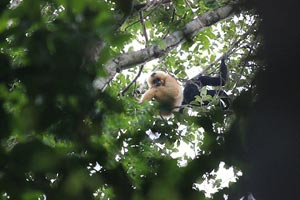 The (VSSPCA) was extremely important to the discovery of the species and genetic material recovered from the faeces of the wild gibbon group helped demonstrate that this indeed was a new species. The discovery of new apes are incredibly rare and the opportunity to see this species in their natural habitat is all the more unique. This new species, Nomascus annamensis, has not yet been assessed for is threat status by the World Conservation Union (IUCN Red List), however it is extremely likely that they will be listed as Endangered.
The (VSSPCA) was extremely important to the discovery of the species and genetic material recovered from the faeces of the wild gibbon group helped demonstrate that this indeed was a new species. The discovery of new apes are incredibly rare and the opportunity to see this species in their natural habitat is all the more unique. This new species, Nomascus annamensis, has not yet been assessed for is threat status by the World Conservation Union (IUCN Red List), however it is extremely likely that they will be listed as Endangered.

At the site it is possible to see and follow a family group of an adult male, adult female, a sub-adult, a juvenile and an infant. Gibbons are monogamous with groups generally consisting of 2 adults and up to 3 offspring. When the offspring reach maturity at around 7 to 10 years they leave the group to find a mate in another part of the forest to raise their own offspring. Gibbons are fiercely territorial of their areas of the forest and make their claims known through ritualistic vocalisations.
The gibbons live in perfect harmony with the Kavet people who consider the gibbons as extremely important; they are not hunted but respected and share the jungle together. This in stark contrast with many other areas in Southeast Asia, where gibbons and other primates are persecuted and hunted for bushmeat, for their perceived medicinal properties, or for the trade in pets. This is why such a healthy population exists in this area and is a testament to the importance of the site and its relatively untouched nature. We hope that showing that gibbons and the natural environment can be valuable maintained as they are will help preserve this species and this area for generations to come.
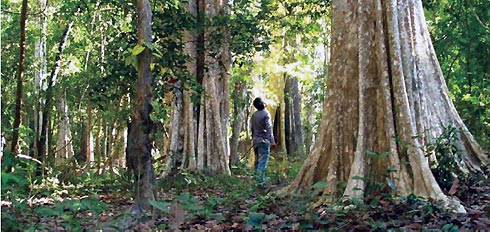
Veun Sai-Siem Pang Conservation Area
Situated in the far northeast of Cambodia, the forests of Veun Sai-Siem Pang Conservation Area (VSSPCA) form part of a large protected area network that is home to many indigenous peoples and threatened wildlife. Bordering the Virachey National Park, the luscious forest of VSSPCA which covers an area of 55,000 hectares of lowland evergreen and semievergreen forest. High in biodiversity and species density these forests are home to eight of the sixteen most threatened terrestrial species in Cambodia and part of the largest known population of northern yellow cheeked gibbons in the world.
Although rich in natural resources, the northeast is one of the poorest areas in Cambodia. Home of several indigenous hill tribes, small settlements of mainly Kavet people that are dotted around this forest, which is bordered by small agricultural fields.
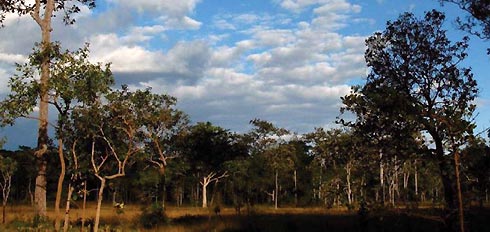
This area is one of the very few left in Cambodia that is almost pristine. Small streams and rocky creeks meander through dense vegetation and grassy savanna contrasts with dense jungle. In addition to the gibbons, other threatened primates including the red-shanked douc langurs, silvered langurs and pygmy loris can be seen if you know where to look. The site is also home to several impressive mammals like Asiatic black bears, sun bears, gaur (wild cattle), dhol (wild dogs) and various jungle cats such as the leopard and clouded leopard who feed on the site’s wild pigs and deer. Highly threatened birds such as Cambodia’s national bird, the giant ibis, of which only a few hundred may remain in the world, and the white-winged duck still persist here, as do the stunning greater hornbill and well over 100 other bird species so far recorded.Amazing insects, amphibians and reptiles, possibly including the critically endangered Siamese crocodile also live on here in this beautiful wilderness.
 Local Communities
Local Communities
The Veun Sai area has supported the traditional livelihoods of many groups of indigenous people for centuries. The local communities living in and around the forests represent a diversity of cultures including Brao, Laos, Mon-Khmer, Kavet and Kinh all with their own cultural and linguistic traditions. The local community are co-beneficiaries of funds raised throughGibbon Spotting Cambodia. 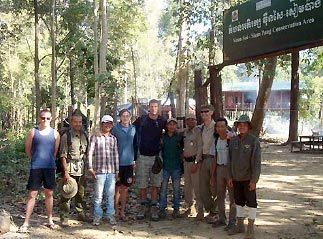 Developed and supported by Conservation International, the Community-based Ecotourism Management Team, which is made of democratically elected local community members, receives funds from entrance fees and services provided through our tours and these funds are used in totality for the community’s benefit.
Developed and supported by Conservation International, the Community-based Ecotourism Management Team, which is made of democratically elected local community members, receives funds from entrance fees and services provided through our tours and these funds are used in totality for the community’s benefit.
Money is spent on improving the ecotourism facilities, conservation activities such as funding patrol work by community members to protect the natural resources on which they rely and development projects, as determined collectively by the communities around Veun Sai-Siem Pang Conservation Area.

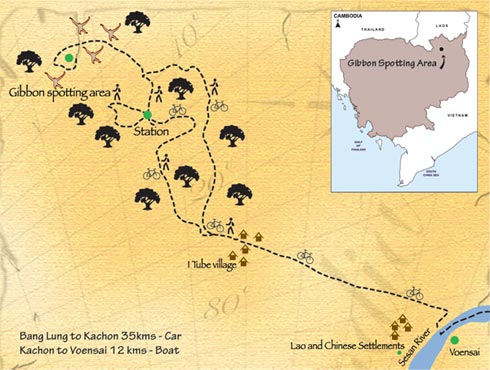
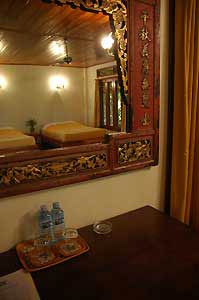 Formerly the residence of the governor of Rattanakiri, Terre Rouge is more like a homestay than an hotel where visitors - mainly expats from the city - can mingle in the homely comfort of the family living room between excursions to visit some of the county's most interesting ethnic minority groups, richest rainforests and most pristine rivers.
Formerly the residence of the governor of Rattanakiri, Terre Rouge is more like a homestay than an hotel where visitors - mainly expats from the city - can mingle in the homely comfort of the family living room between excursions to visit some of the county's most interesting ethnic minority groups, richest rainforests and most pristine rivers.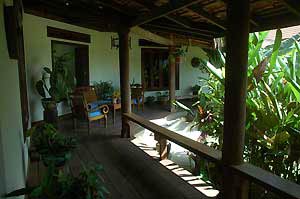 The original house is furnished with local style furniture, Kampuchean antiquities and ethnic objets d'art coming from the twelve minority tribes of the province. Each room is unique.
The original house is furnished with local style furniture, Kampuchean antiquities and ethnic objets d'art coming from the twelve minority tribes of the province. Each room is unique.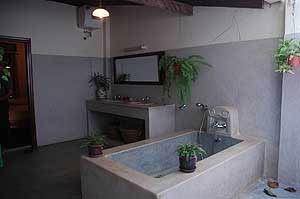 Name : Terres Rouges Lodge
Name : Terres Rouges Lodge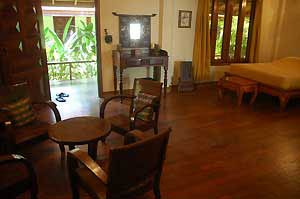 Accommodation
Accommodation